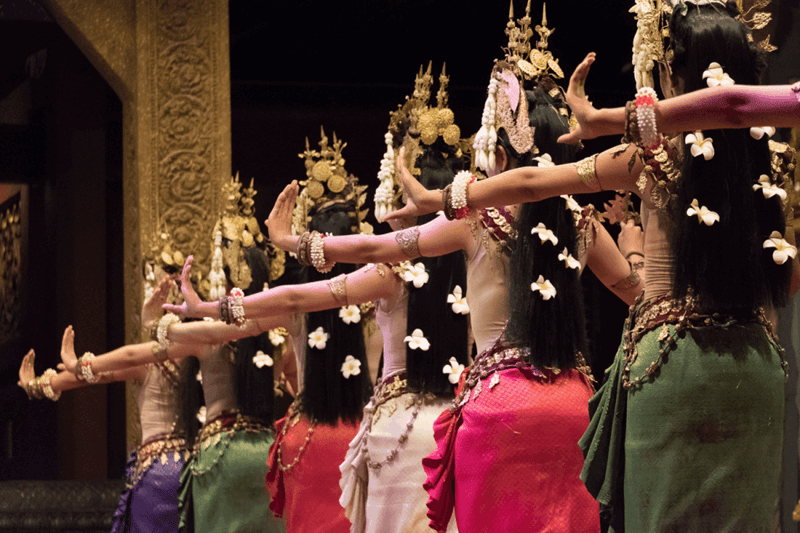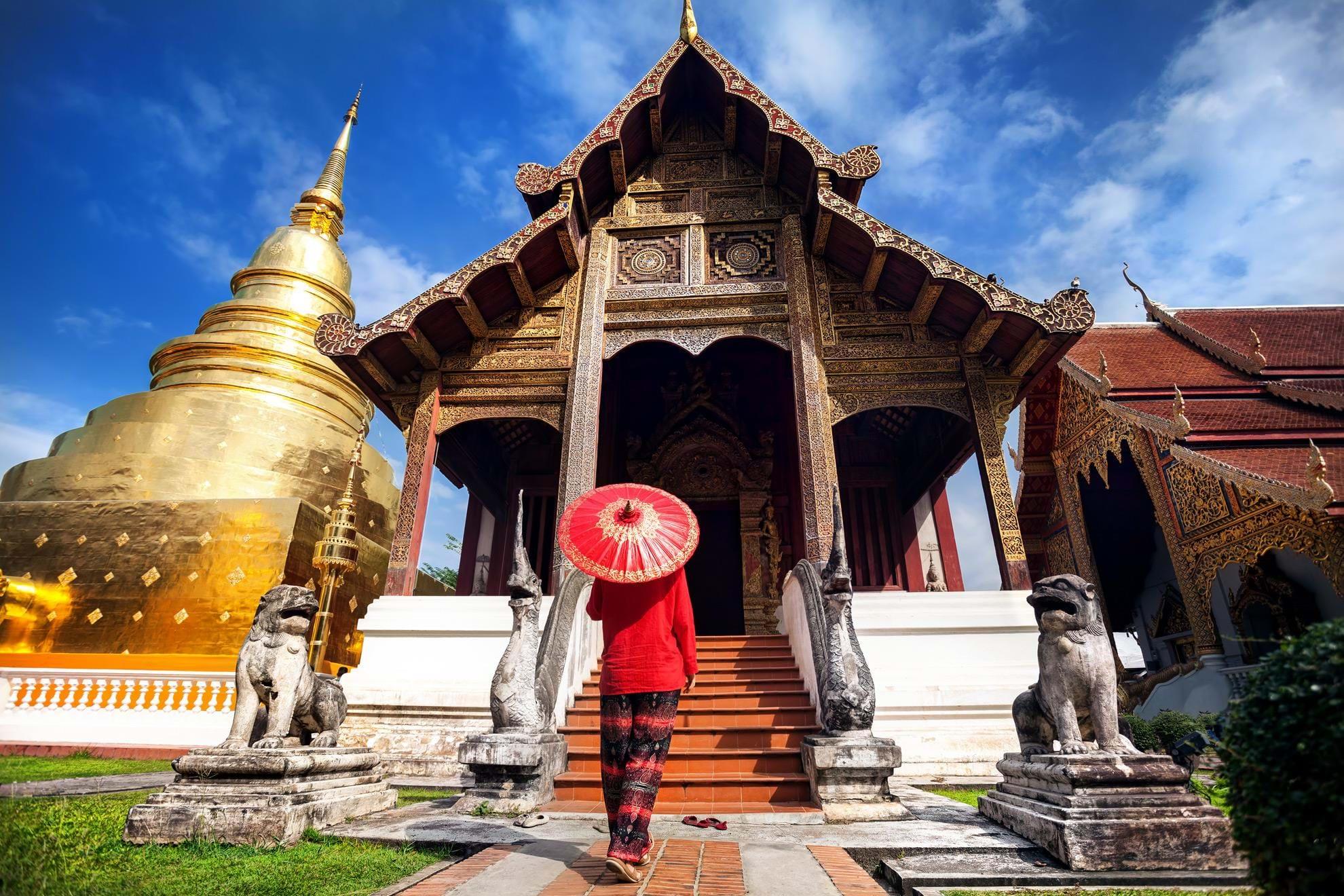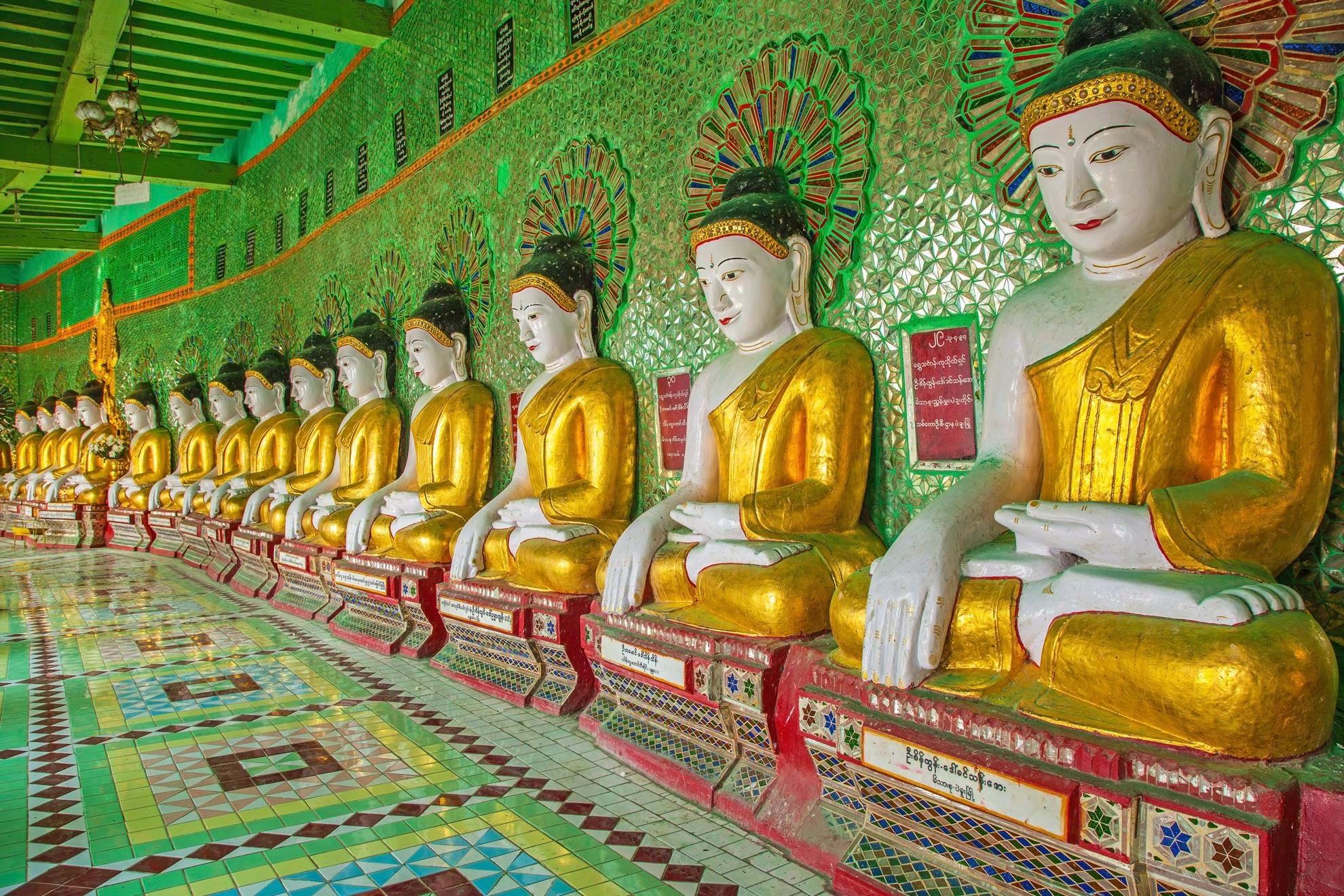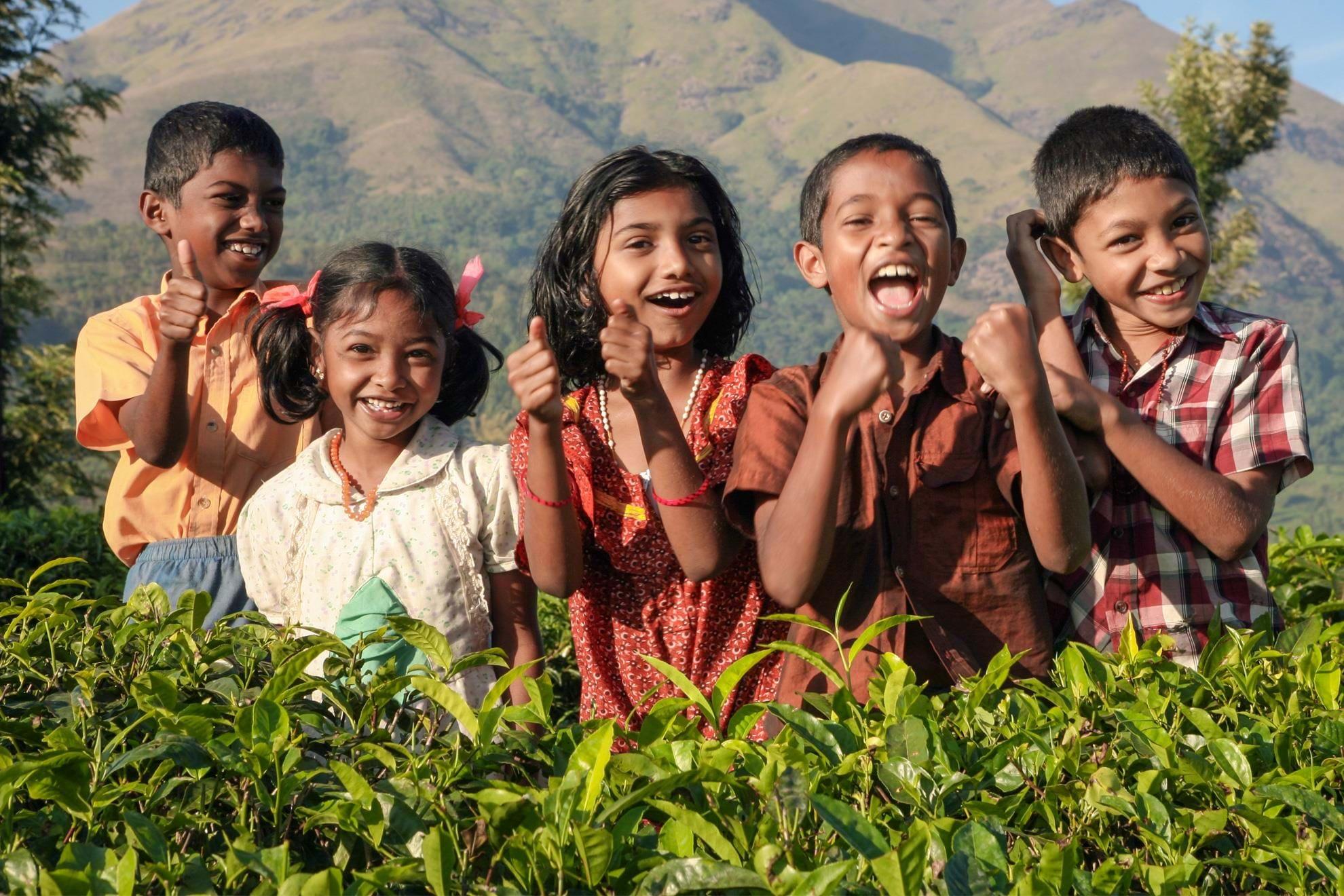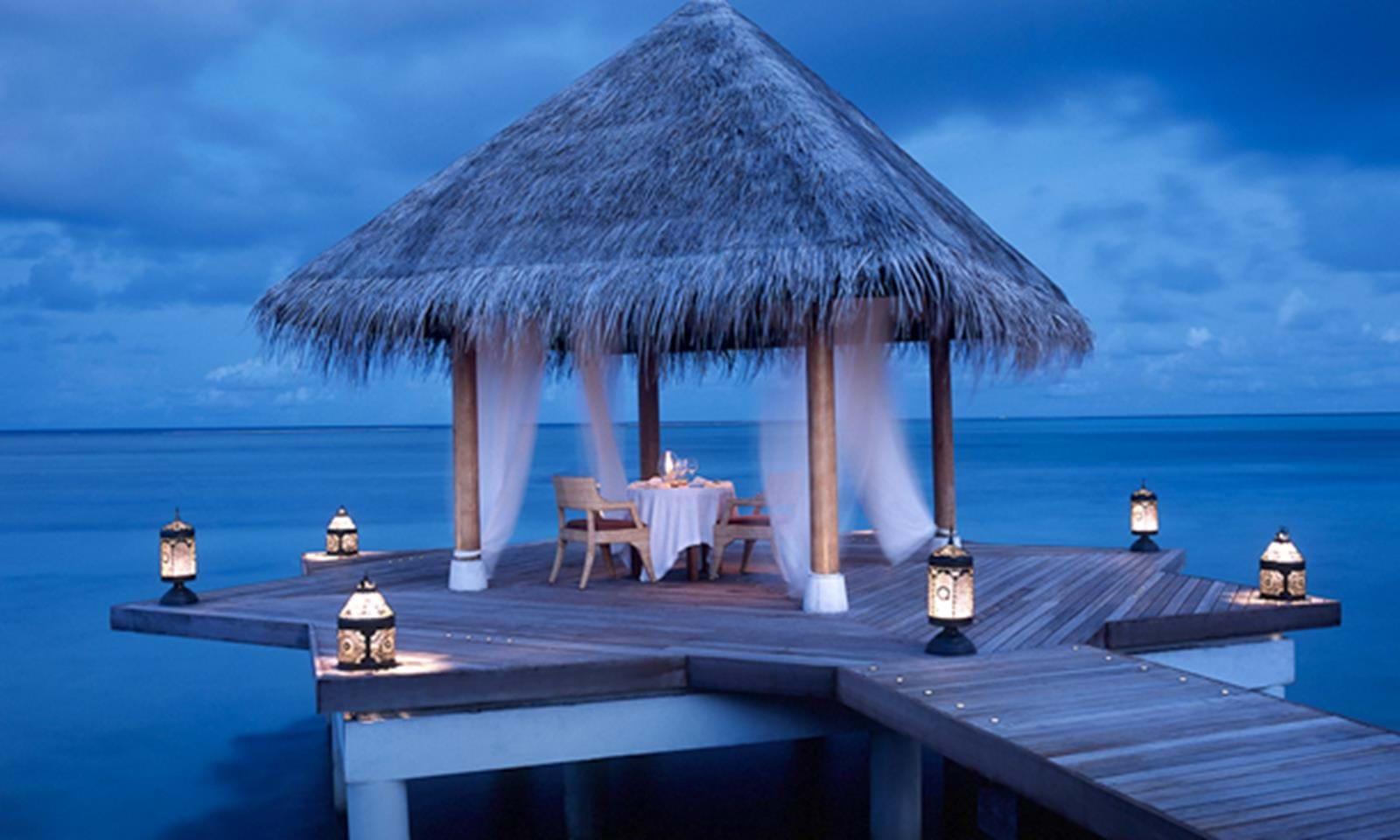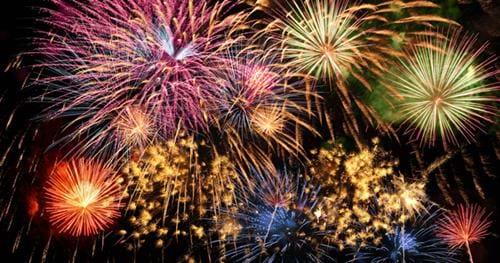Cambodia 10.04.2025 Updated: Cameron Hagan
Here in the West, New Year might now seem like a distant memory, but several countries in Asia are eagerly anticipating their celebrations. And remember, these festivities are always fantastic for travellers - particularly as they offer the chance to experience places at their most vibrant, as well as learn more about local culture and customs.
We'll be taking a look at new year across Asia, including Thailand, Myanmar (Burma), Cambodia and more. These festivals have more than a little in common, but each offers a distinct experience thanks to the unique landscapes, cultures and people. Celebrations usually take place in April, aligning with the solar calendar and coinciding with the sun's entry into the constellation Aries.
Songkran (Thailand)
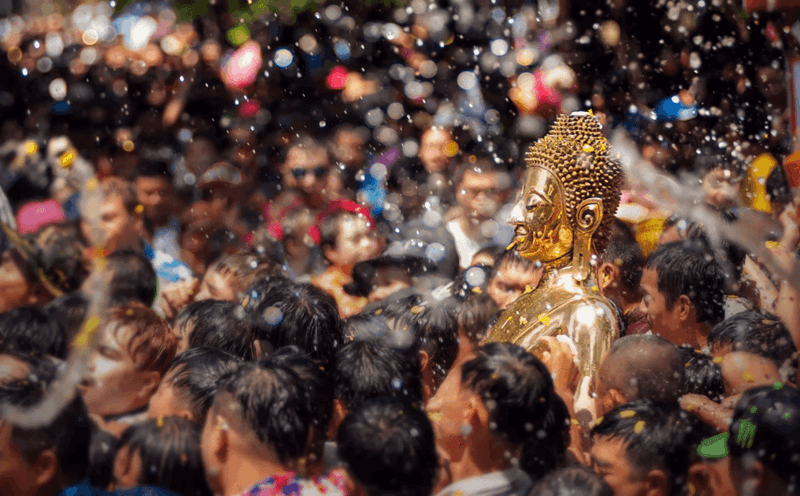
The vibrant Songkran festival runs for three days each April, and is famous for its gigantic water fight. Interestingly, this festival and its traditions actually stem from Myanmar (Burma), whose new year festivities we'll look at next.
The use of water is both fun and spiritual. It's used to symbolically and literally cleanse everything from homes to people, washing away the old year and its problems in preparation for the new one. It also represents the cleansing of the spirit.
As part of Songkran, local people will wash Buddha statues, clean their homes and pour scented water over monks' hands - but it is the water fight that will act as the centre of travellers' experiences.
This tradition began as the act of gently tipping water over one another as means of symbolic cleansing and rejuvenation; over the years, this has morphed into a boisterous water fight that takes place across the country. Several destinations have particularly strong reputations for the calibre of their water fights, including Chiang Mai and Bangkok.
The best way to experience the water fight is to throw yourself into it - you'll soon see that visitors are often particular targets for buckets of water, water pistols and water bombs! So, go out prepared with your own stash of water-based weapons (which are readily available on most busy streets during the festival) and enjoy the friendly chaos. Our advice is to bring a waterproof phone case and wear clothes which you aren't worried about getting wet. Trust us - you will get soaked!
Thingyan (Myanmar)
As we mentioned above, Thailand's Songkran actually originated from Burmese traditions, so you may have already guessed that Thingyan will have plenty of similarities to Songkran. Like the Thai festival, Thingyan lasts for several days in April, with water used heavily to symbolically wash away sins and bad luck in preparation for the new year.
The people of Myanmar (Burma) are well prepared for the water fight - they even put up bamboo stages to act as platforms for people to stand on and douse passersby in the streets below. Even cars aren't exempt, with powerful water pipes harnessed to soak passing motorists. The busiest areas to enjoy the spectacle are found in the cities of Yangon and Mandalay.
Another similarity between the two festivals is that, following the boisterousness of the water fight, there's a calmer ritual - the act of releasing captive fish and birds into the wild. Watching this is a great way to understand the more serious, spiritual side of the festival.
Note: Due to the recent devastating earthquake which hit Myanmar on March 28th 2025, Thingyan celebrations will be scaled back this year, placing the focus on peaceful and culturally traditional observances rather than the usual lively festivities.
Chaul Chnam Thmay (Cambodia)
Spanning three days, the Cambodian New Year festival, called Chaul Chnam Thmay in the local language, begins on New Year's Day and shares a few similarities with Songkran and Thingyan, such as the use of water for symbolic cleansing. The chaotic water fight is just as prevalent here as in Thailand and Myanmar, especially in Siem Reap and the capital, Phnom Penh. People will be lined up in busy areas with baby powder and water guns, ready to cleanse and wish a happy new year to anyone and everyone who walks past.
Past the water throwing fun in the streets, this is an important few days in Cambodian Culture. On the first day of the festival, people light candles and burn incense at shrines, say prayers, and often wash with holy water. The second day is all about charity, with local people making an effort to help the poor and less fortunate in their area, as well as going to the local monastery to honour their ancestors. The third day is all about cleansing, with people cleaning their Buddha statues with perfumed water. This is also a time when people bathe their elders and receive advice for the future.
There are plenty of fun and games during Cambodian New Year - in fact, the playing of traditional games out in the street is one of the most common sights of the celebrations. You'll easily be able to spot families playing a variety of games, which often include dance.
Boun Pi Mai (Laos)
Once again, water plays a central role in Pi Mai celebrations, both in religious rituals and in joyous water fights. Similar to Cambodia, a significant tradition in this festival is pouring scented water over elders' hands to show respect and seek their blessings for health and prosperity. This ritual strengthens family bonds. Families also hold Baci ceremonies, where sacred threads are tied around wrists to bestow good luck and blessings.
While Pi Mai is celebrated nationwide, Luang Prabang offers the most elaborate festivities with extended celebrations lasting up to a week. Highlights include the procession of the Pha Bang Buddha statue and elephant parades.
Water Sprinkling Festival (China)
Within the Yunnan Province in China, Water Sprinkling Festival marks the New Year of the Dai ethnic minority and is one of their most important festivals, blending religious rituals with joyous festivities. Once again, water is used as an act of purification and blessing, as the festival kicks off by the Bathing the Buddha ritual and is followed by a water fight to bring good luck and wash away bad fortune. Monks chant scriptures, and people pray for prosperity, good weather, and happiness in the coming year.
What makes this festival unique are the activities along the banks of the Lancang River. Dragon boat races are held to bid farewell to the old year, night time floating lantern displays on the river are believed to drive away bad luck and attract good fortune, and artists create intricate sand sculptures near market areas, where visitors can enjoy local food, snacks, and shop for traditional Dai crafts and souvenirs.
Sinhala and Tamil New Year (Sri Lanka)

While symbolising renewal, prosperity, and the end of the harvest season akin to the above festivities, this celebration is steeped in astrological traditions, with specific times set for auspicious activities like cooking the first meal, lighting the hearth, and exchanging money. Families prepare traditional dishes such as Kiribath (milk rice), Konda Kavum (deep fried celebratory treats), and Mung Kavum (New Year sweets), which are shared with neighbors to foster goodwill. Rituals like the anointing of herbal oil and religious observances during the neutral period (Nonagathe) add spiritual depth to the festivities.
The New Year also brings community celebrations with traditional games like pillow fighting (Kotta Pora) and pot breaking (Kana Mutti), accompanied by drumming on the Rabana. Streets come alive with firecrackers, music, and colorful attire, creating a joyful atmosphere. This festival unites the diverse communities of Sri Lanka by blending Buddhist and Hindu traditions, emphasising family values, gratitude, and reconciliation. For visitors, it’s an ideal time to experience Sri Lanka’s rich heritage and cultural warmth firsthand.
Indian Solar New Year Celebrations
Different states observe unique traditions under various names in India, such as Baisakhi in Punjab, Poila Boishakh in Bengal, Puthandu in Tamil Nadu, Vishu in Kerala, and Bihu in Assam. Each celebration is deeply rooted in regional customs, blending religious rituals with joyous festivities.
For example, Baisakhi honors the harvest season and commemorates the formation of the Khalsa Panth for Sikhs - a community of initiated Sikhs founded by Guru Gobind Singh in 1699 - featuring prayers at gurdwaras and energetic folk dances. Meanwhile, Kerala’s Vishu highlights prosperity through rituals and a grand feast (Sadya). These celebrations embody themes of renewal, gratitude, and community bonding, offering visitors a glimpse into India’s multi-faceted cultural tapestry.


